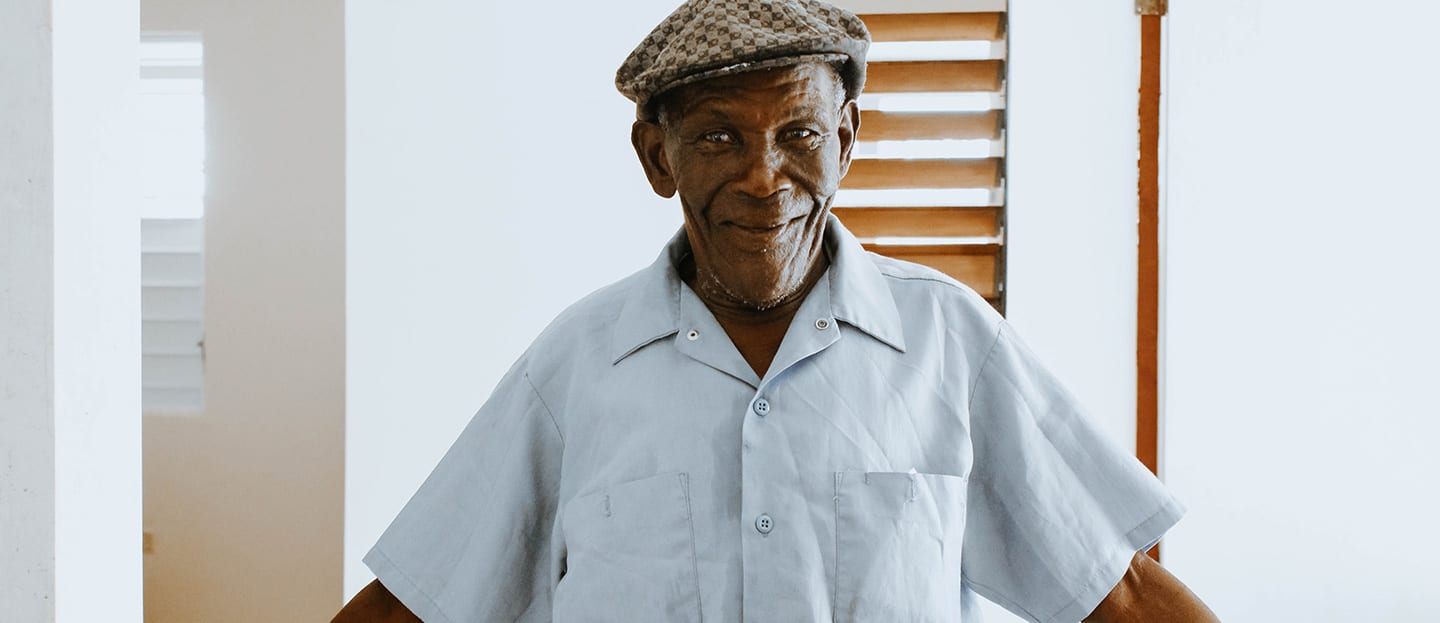Myths & Facts About Hospice
There are many misconceptions about hospice and its purpose. Heart to Heart Hospice wants you to understand the facts about hospice care and the many benefits that it can provide for patients and their family members.
Myth: Hospice is a place.
Fact: Hospice is a service, not a place. It is philosophy of care which can be provided nearly anywhere a patient calls home; including private residents, nursing homes, assisted living facilities, and other medical facilities. A team of medical professionals develops a customized care plan to help eliminate the pain and symptoms associated with a life-limiting illness.
Myth: Electing hospice means giving up hope.
Fact: Hospice focuses on caring for patients and their families, with an emphasis on positive outcomes. Through setting goals and creating a comprehensive care plan, Heart to Heart Hospice enables patients to be comfortable in the place they call home. Patients maintain their dignity, while knowing that their loved ones have the support that they need.
Myth: Hospice is only for patients in the last weeks or days of life.
Fact: Hospice is available for patients living with an end-stage illness that have a six-month or less life expectancy, should the disease run its normal course. The earlier a patient receives hospice care, the better the opportunity to stabilize the medical condition and address the patient’s emotional needs.
Myth: Hospice patients are not permitted to continue services with their primary care physicians.
Fact: Hospice programs encourage the continuation of the patient’s primary care physician, or their specialists. As patients continue care with their physicians, they will work closely with the Heart to Heart Hospice care team.
Myth: Only cancer patients are eligible for hospice.
Fact: While cancer is one of the prominent life-limiting illnesses of hospice patients, there is a wide range of illnesses and diseases that qualify patients for hospice services.
Myth: Hospice is just for the patient.
Fact: While hospice does focus on the patient, it is for their loved ones as well. The emphasis is on managing pain and symptoms, while providing supportive services to the patient and their family. Bereavement support and counseling may continue for up to 13 months to the surviving family members and friends.
Myth: It is best to continue a patient’s current treatment method, rather than elect hospice services.
Fact: Even with the advances in medicine and treatment options, a cure for a terminal illness or disease is not always possible. Continuing treatment, if available, may compromise the quality of life for patients. It’s important to consult with a physician regarding the expected outcomes of continuing treatment, as opposed to beginning hospice services. Hospice programs provide treatment options to help manage pain and control symptoms, while fostering the highest quality of life for patients and their loved ones.
Myth: Hospice is not covered by insurance and families must pay out-of-pocket.
Fact: Hospice is fully covered through the Medicare Hospice Benefit, resulting in little to no expense for all patients who meet the eligibility requirements. Hospice is also covered through most Medicaid programs, VA benefits, and private insurers.
Myth: The hospice care team is not always available to patients and families.
Fact: Members of the Heart to Heart Hospice care team visit patients intermittently, but are available to the patients, families and caregivers always, 24 hours a day, 365 days a year. Some patients may qualify for Inpatient Care or Continuous Home Care services.
Myth: All hospices are the same.
Fact: All accredited hospice programs are required to meet certain standards; however, there are different philosophies of care, supportive services, and care team members that set some hospice programs apart from others. Heart to Heart Hospice strives to exceed the quality standards in end-of-life care, while enhancing the lives of our patients and their loved ones.

